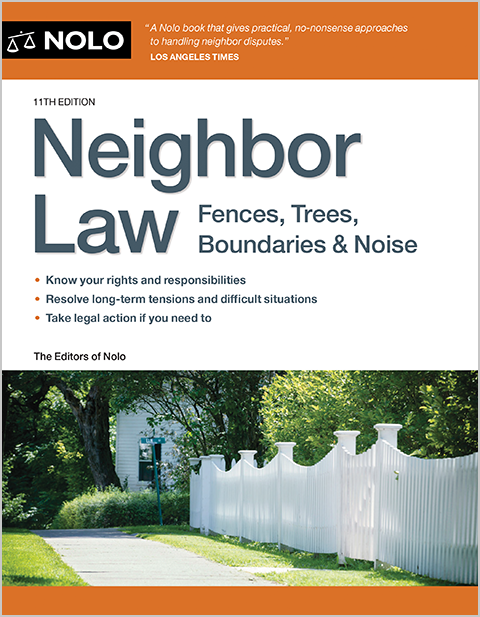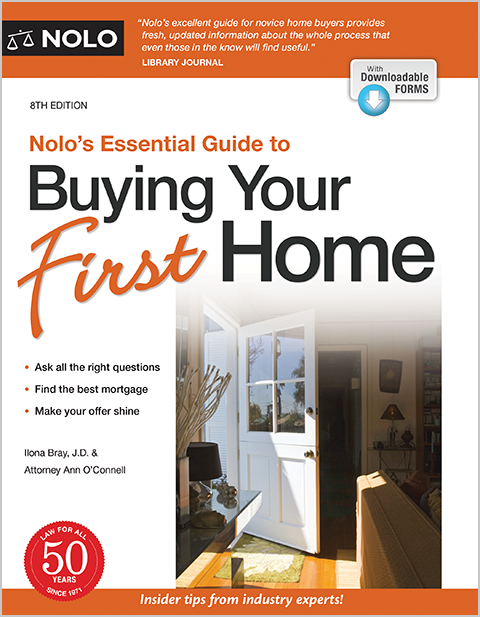Learn what California zoning and land use laws apply before you put a tiny house on wheels in your back yard.
Let's say you live in California and want to put a tiny house on wheels in your backyard. Perhaps you eventually hope to use it as a residential rental, but for now, plan to use it for personal projects, as an art or yoga studio, perhaps. Do California land use regulations allow you to put a tiny house in your back yard? And if so, can you build it yourself?
Whether California law will allow a tiny house on wheels ("THOW") in your back yard will depend on several factors. These include:
- what the primary use of the tiny house is
- local policies and regulations of tiny houses, and
- the building and safety standards that apply to the construction of a THOW.
Knowing How You'll Use the Tiny House Is Important
When trying to determine whether a tiny house is compatible with local land use laws, one of the first things to look at is the THOW's primary use. Despite being called a "tiny house," people use structures such as these for a number different reasons. Some people use THOWs for residential purposes or art studios, while others might use them for storage, home offices, or playrooms.
Identifying the primary use is important because different regulations apply to different uses. It is not necessarily the building or structure itself that determines whether a certain land use is lawful, but instead how that building or structure is put to use.
For example, a small retail jewelry store located in a tiny house, which leads to additional traffic and less parking in a residential neighborhood, will probably not be legal. Regulations also vary between uses for health and safety reasons. In California, to protect the human inhabitants, a THOW built for residential use will have to be built to higher standards than a tiny house used for storage.
If you elect to use your THOW for something that involves lower standards now, such as an art studio, but then use it for residential purposes later, you will likely need to apply for a change of use with your local planning department. Through that process, your local government will confirm that the tiny house meets the higher safety standards (see below) it imposes for residential use.
California State and Local Law Governs ADUs
Although local regulations will have the most direct impact on your building plans, the first thing to be aware of is state law concerning accessory dwelling units (ADUs), of which tiny houses on wheels can (depending on local regulation) be considered a subset. If you take the wheels off your house, it's definitely an ADU.
This portion of the law mostly tells local governments what they can and can't do within their regulations. (See Cal. Govt. Code § 65850 - 65863.13.) For example, it sets a maximum application review time at 60 days, and says the size of the ADU can't be restricted to less than 850 square feet or 1,000 square feet if it contains more than one bedroom.
The next inquiry to make is whether local zoning regulations will permit that use. You will need to review your local zoning code (sometimes titled a "development code" or "zoning ordinance"). This should spell out what uses are allowed in what zones. For instance, if your property is in a typical California residential zone, lawful uses will include single-family dwellings and home occupations. The zoning code will also include development standards, like:
- setbacks (how close to the property line can the tiny house be?)
- minimum lot size (how large does the underlying lot have to be?)
- building standards (what construction and safety standards apply to ensure the THOW is safe for human occupancy?), and
- parking, access, and screening requirements.
The zoning code might also include relevant definitions, like "tiny house" and "accessory use." It is important to review and understand the applicable zoning code as it applies to your proposal. Staff at the local planning department are usually happy to answer questions about the code.
Safety Standards Apply to Tiny Houses on Wheels, Too
In California, THOWs are also subject to safety standards adopted by the American National Standards Institute ("ANSI").
Anybody can purchase the ANSI standards online. However, merely building to ANSI standards might not be enough, as you will likely have to certify somehow that your THOW meets these standards. With a stick-built house, the local building department sends a local code inspector out throughout the construction process to confirm critical house components, like plumbing, electrical, and framing, meet code standards.
If you plan to build a THOW yourself, talk to your local government about what certification requirements will apply. Alternatively, you can buy a prebuilt or custom tiny house from a professional builder that certifies that its THOWs meet ANSI standards.
Reasons to Research and Comply With Local Zoning Codes (And Other Applicable California Laws)
In California, cities and counties implement and adopt their own zoning codes. As long as a zoning code does not violate federal or state law, local governments are generally free to adopt reasonable time, place, and manner restrictions on the use of land, including regulations concerning tiny houses. This means THOWs are treated differently from town to town. In San Jose, for example, one THOW is allowed per lot, if it's located in the rear yard and meets various setback and other requirements. In Los Angeles, THOWs are allowed as an ADU as of December 2019.
Maybe that's why some tiny house owners throw up their hands and skip the land use permitting process, and just put the tiny house on their property. If you fail to get the necessary approvals up front, though, you could face fines and a code enforcement action later. Before taking any shortcuts, or skipping the permitting process entirely, talk to a land use attorney licensed in California to help make sure your THOW is lawful.
Talk to a Lawyer
Need a lawyer? Start here.
How it Works
- Briefly tell us about your case
- Provide your contact information
- Choose attorneys to contact you
- Briefly tell us about your case
- Provide your contact information
- Choose attorneys to contact you


